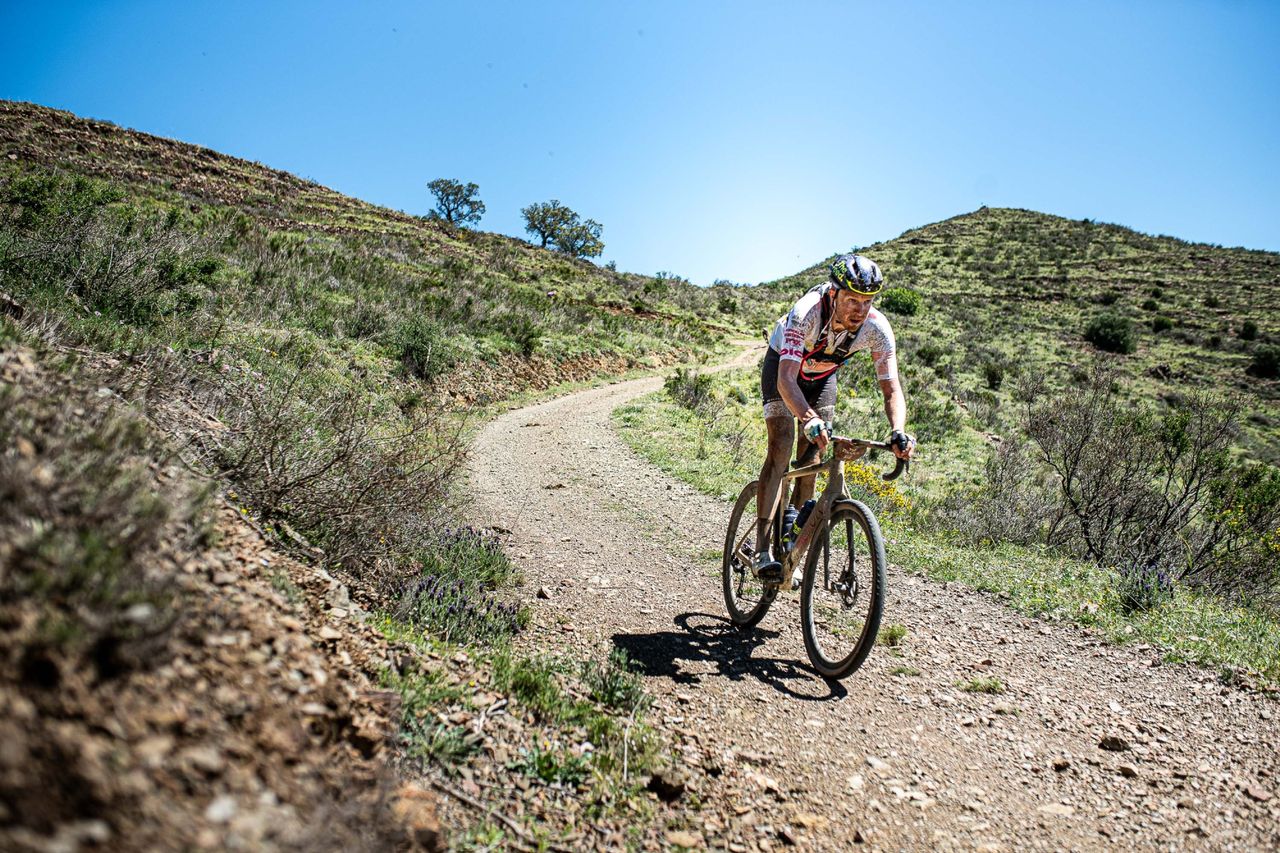
If you ever finished your favourite long-distance ride and thought, 'I should get a medal for that', how about something even better? Not a shiny piece of metal to chuck in a box with the others, but a place on the Fastest Known Times records leaderboard for the whole world to appreciate.
The UK's Fastest Known Times website was taken over earlier this year by ultra bikepacking site Dotwatcher and is now looking for riders to submit new routes for record attempts.
It has also launched new guidelines for those looking to undertake a record ride or to submit their own route.
For anyone unfamiliar with 'FKT's, they have been around for a while as a super-accessible way of setting records over long-distance cycling routes. No Guinness World Record adjudicators or unnecessary red tape are required – just a GPX file to prove you did the ride.
FKT and FKT-related adventures is increasingly finding its way into mainstream conversation, and Cycling Weekly is peppered with pieces about FKT and FKT record attempts.
Only last month CW's own Steve Shrubsall did his own record ride on the Royal Chilterns Way, which he'll be chatting about in an upcoming episode of Cycling Weekly's Going Long podcast.
There are new developments too – as of last week, there is now a set of rules in place – that were previously unspoken understandings – that riders need to adhere to in order to have their record count.
"We just needed some to be honest," says Dotwatcher's Nicky Shaw, who runs the FKT site and was in fact the first rider to beat Steve's Royal Chilterns FKT. "There were a few grey areas in terms of what counts and what doesn't count.
"When people attempt to break an FKT, the only proof we've really got is their Strava file or their GPX. There's a lot of trust that goes into it."
The rules have been put in place, she says, just to ensure "they haven't gone out of the way to kind of get an advantage in an unfair way."
And the guidelines are generally pretty non-interventionalist and easy to understand. Number one on the list – and one that people were not always sure on, says Shaw – is that rides must be self-supported, and the exact definition of that.
"It's an accepted and understood rule within ultra-cycling," she says, "but people who may be coming from completely different sporting backgrounds don't really realise what self-supported means, so it is just clarifying that."
Most riders would understand that they have to be alone without someone to draft behind or pass them food. However, FKT also specifies no calls to your coach, no one stashing food in a bush for you and no mechanical assistance or navigational support.
Other rules point out that it is elapsed and not riding time that counts, and that all submissions must be at least equal to the official figures in terms of distance and elevation.
Lastly, each record remains provisional for two months to allow time for a 'community review' and let anyone flag any issues with it.
Talking of those official stats, you could be supplying those yourself for your own route if you have one in mind. Key guidelines here are that the route must be at least 100 miles long, should start and finish at logical 'landmarks' such as a trailhead or train station, and should be an established route – perhaps a challenge ride or a trail.
Check out the FKT site for the full list of route and FKT guidelines.







